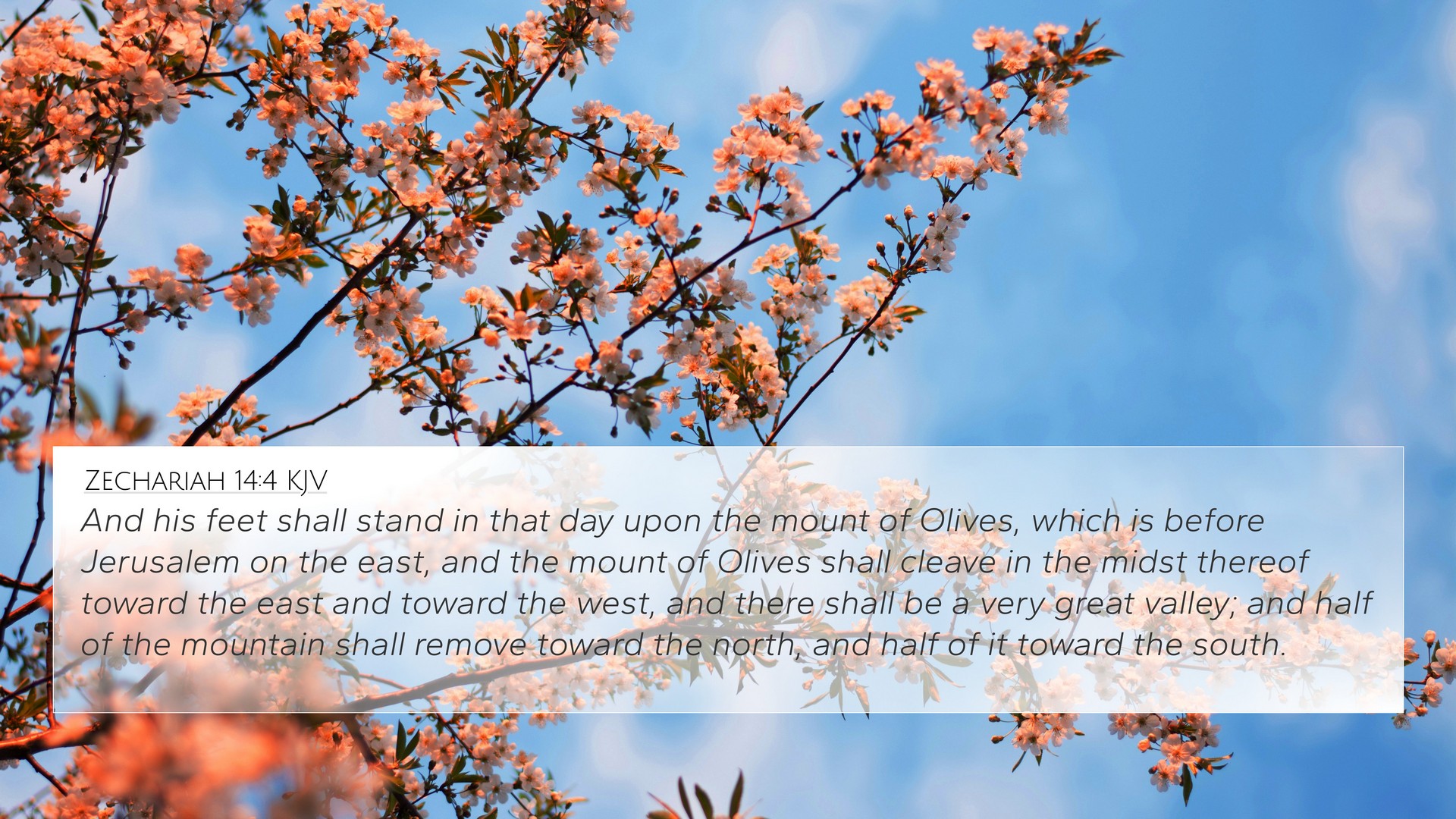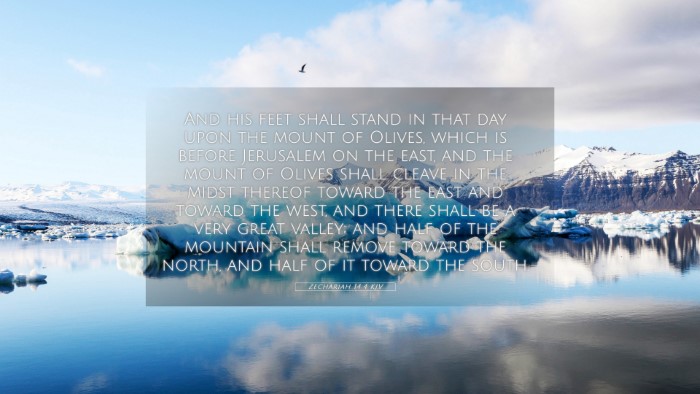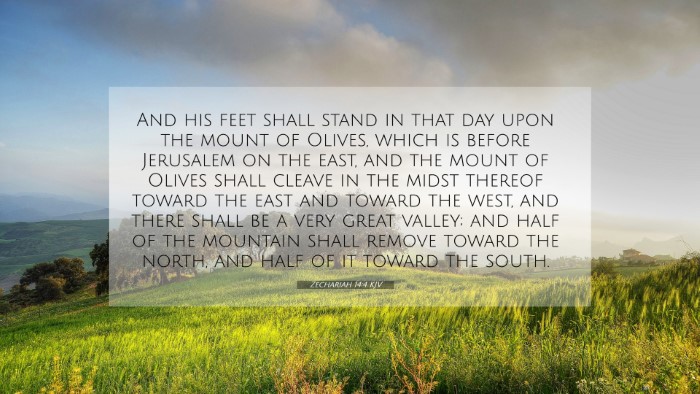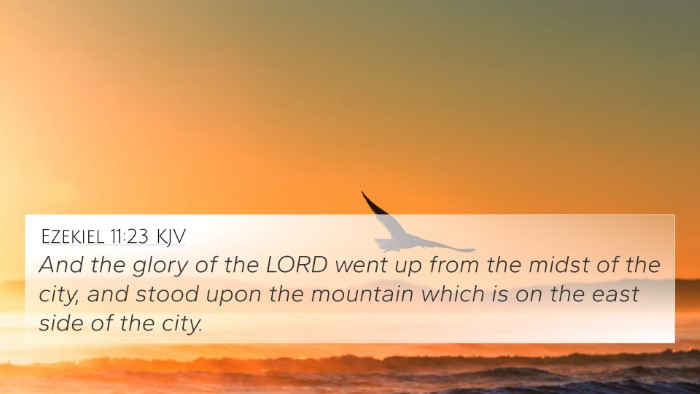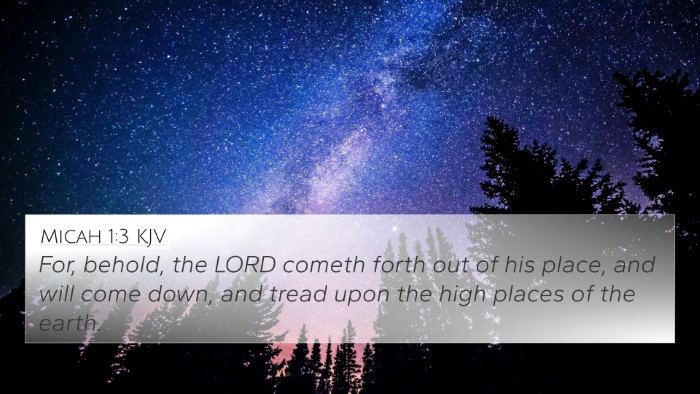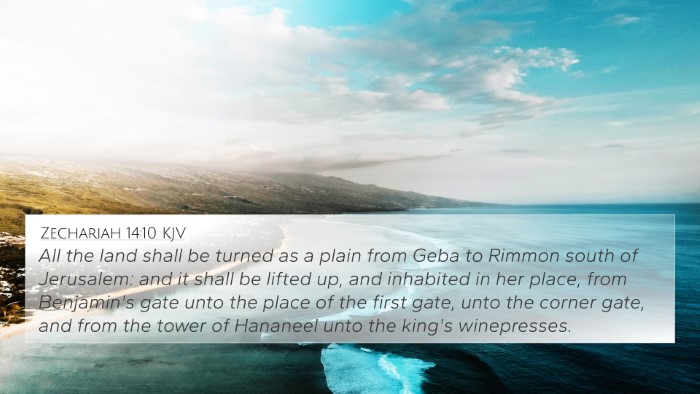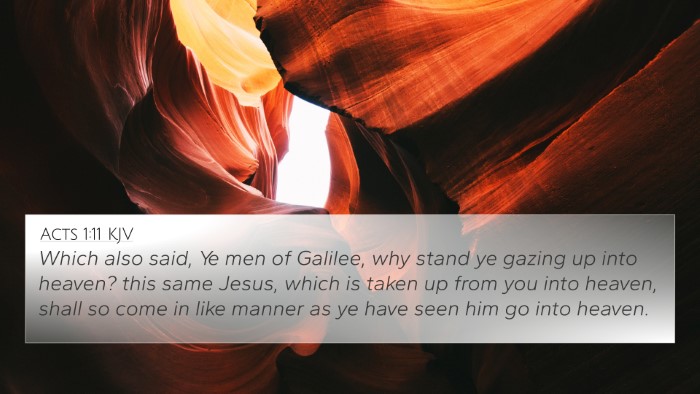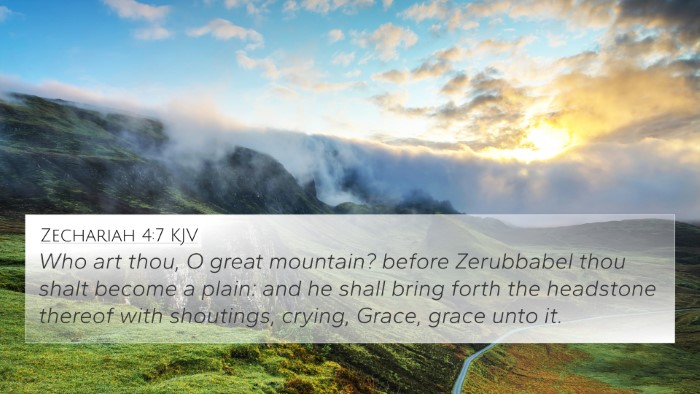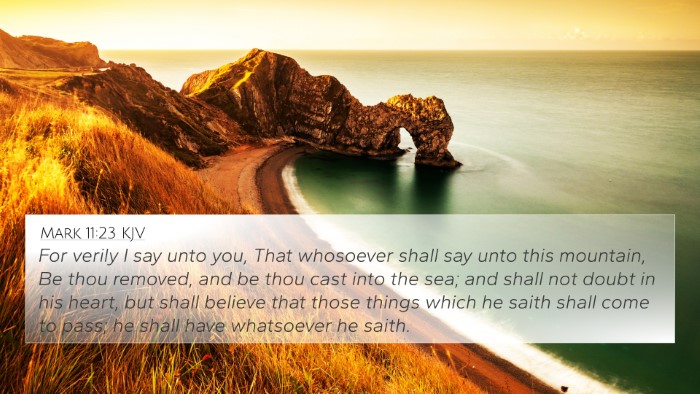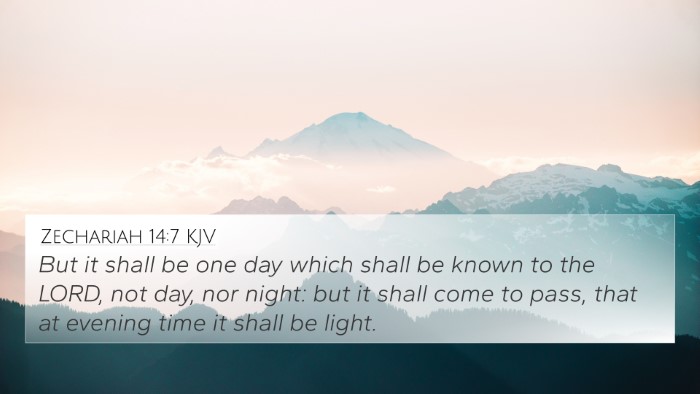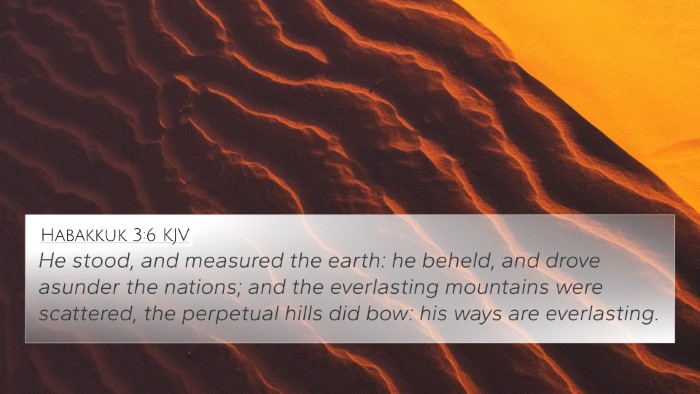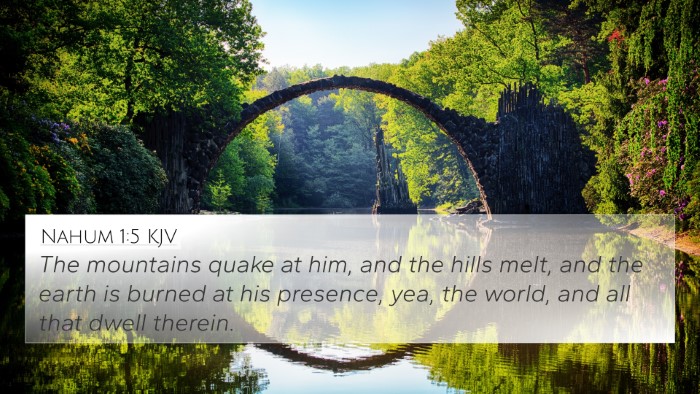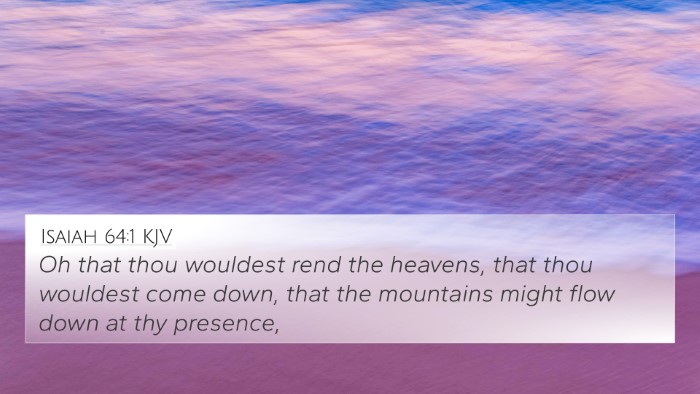Meaning and Interpretation of Zechariah 14:4
Zechariah 14:4 states, "And his feet shall stand in that day upon the mount of Olives, which is before Jerusalem on the east, and the mount of Olives shall cleave in the midst thereof toward the east and toward the west, and there shall be a very great valley; and half of the mountain shall remove toward the north, and half of it toward the south." This verse is part of a prophetic vision detailing the coming day of the Lord, where significant geographical and spiritual changes will occur.
Context and Overview
The context of Zechariah is crucial for understanding this verse. The book contains messages of hope for the restoration of Israel after exile and anticipates a future time of divine intervention and judgment.
Key Themes
- Return of the Lord: The imagery of the Lord standing on the Mount of Olives indicates a return and manifestation of divine presence.
- Transformation of Nature: The cleaving of the mountain symbolizes changes in the natural order that accompany God's intervention.
- Judgment and Salvation: This verse speaks of both judgment against the nations and deliverance for God's people.
Commentary Insights
Matthew Henry emphasizes that this passage represents the coming of Christ as King, where the natural world reacts to His footfall with significant upheaval. It signifies not only His authority over creation but also the restoration that follows His reign.
Albert Barnes explains that the Mount of Olives is significant as it was a place frequently associated with Christ’s ministry and His teachings. The valley that shall be formed indicates a separation between the forces of good and evil during the eschatological events.
Adam Clarke suggests that the physical changes described are literal in the prophetic vision but also serve as metaphors for spiritual transformations in the hearts of people and nations under God's reign.
Bible Cross-References
Understanding Zechariah 14:4 also involves connecting it to other scriptures. Here are several verses that relate to it:
- Acts 1:11: "Men of Galilee, why do you stand looking into heaven? This Jesus, who was taken up from you into heaven, will come in the same way as you saw him go into heaven."
- Matthew 24:30: "Then will appear in heaven the sign of the Son of Man, and then all the tribes of the earth will mourn, and they will see the Son of Man coming on the clouds of heaven with power and great glory."
- Revelation 1:7: "Behold, he is coming with the clouds, and every eye will see him, even those who pierced him, and all tribes of the earth will wail on account of him."
- Matthew 21:1-11: Describes Jesus’ entry into Jerusalem, highlighting his kingly authority.
- Luke 21:25-27: Talks about signs in the heavens and the coming of the Son of Man, resonating with eschatological themes.
- Zechariah 12:10: "And I will pour out on the house of David and the inhabitants of Jerusalem a spirit of grace and pleas for mercy, so that, when they look on me, on him whom they have pierced, they shall mourn for him."
- Isaiah 63:1-4: Highlights God's return from Edom with great power and vengeance.
- Ezekiel 38:20: Describes how the mountains will shake when God acts against the nations.
- Joel 2:30-31: Refers to prophetic signs and the great and marvelous day of the Lord.
- Revelation 16:18-21: Discusses great earthquakes and dramatic physical changes in the last days.
Practical Applications
This verse calls believers to have hope in God's ultimate restoration. The promise of God’s return and intervention encourages Christians to remain faithful, as they anticipate the fulfillment of God’s promises.
Conclusion
Zechariah 14:4 presents a profound insight into eschatological belief and the connecting threads throughout Scripture. By examining related verses, believers can gain a comprehensive understanding of God's redemptive plan and the importance of Christ’s return, as foretold in both the Old and New Testaments.
Further Study
For those interested in exploring Bible verses related to their study, tools for Bible cross-referencing, such as concordances and cross-reference guides, are invaluable. They enable believers to uncover thematic connections between scriptures and deepen their understanding of the biblical narrative.
